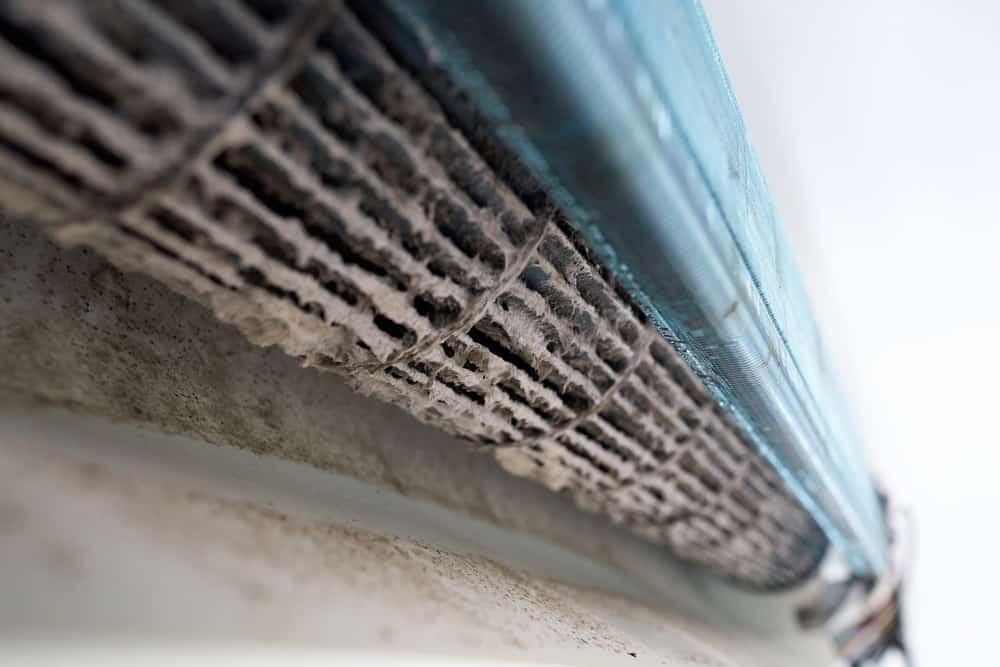Having mold in your home is a serious issue. Not only can it damage your foundation, but it can also make you sick. Everyone tends to look at the shower curtain, under the sink, or in the basement when inspecting for mold issues, but mold can grow just about anywhere. Mold can be found in drywall, in the roof, and even in your Christmas tree. There are many different types of mold, including allergenic, pathogenic, and toxigenic. Mold illness is a variety of health problems that can occur from any mold exposure.
Some people may be more sensitive to mold spores than others, and they may develop respiratory symptoms after inhaling even a small number of spores. In large quantities, mold spores can cause ill health in almost anyone. Instead of waiting to see whether you should take action, here are some clear signs you can look for to know whether you have a mold problem or not. If you notice these signs of mold, reach out to your landlord, or seek professional cleaning help.

50. Mold tends to create a weird, funky smell.
One of the first signs most people notice is a musty smell in the room. It may be undetectable at first, considering that your nose has likely acclimated to the scent, meaning you got used to the smell over time. Try to open some windows to let some fresh air in, and then close them again. If you do notice a weird smell coming from your more dark, damp rooms, then it is more likely than not that you have mold.

There may also be a nasty smell coming from your air conditioner or heating system. Standalone air conditioning units are prime spots for mold growth as they are damp, dark, and frequently exposed to warm temperatures when not in use. Which just so happen to be the best breeding grounds for mold, of course. You’ll want to check them frequently for mold growth, and if you suspect any, get it taken care of right away before it becomes an even bigger problem.
